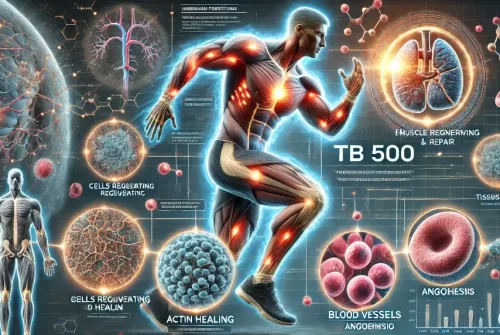
Adult and embryonic stem cells divide, self-renew, or differentiate into specialized cells. Stem cells have exciting potential to manage chronic illnesses, pain, and conditions.
However, not all stem cells are the same. There’s a wide variance in what these two types of stem cells can and cannot do, and researchers continue to discover other differences. For this reason, all stem cell types are thoroughly investigated to understand their capabilities.
Where Do Adult and Embryonic Stem Cells Come from?
Both adult and embryonic stem cells come from humans. However, as their names imply, they are collected at different stages of the human life cycle.
Embryonic Stem Cells
Embryonic stem cells come from human embryos in the blastocyst stage, around five days after an egg’s fertilization by a sperm. Blastocysts only have about 150 cells total.
In addition to their time of collection, embryonic stem cells differ from adult stem cells in their ability to divide indefinitely and react to environmental cues. This cell type has been primarily be used in research only and is not allowed to be used in current therapies.
Adult Stem Cells
Adult stem cells live in most adult tissues, though they lie dormant until they’re needed and only exist in small numbers. At first, researchers only found adult stem cells in bone marrow, but they have since discovered stem cells in fat, umbilical cords, skin, teeth, blood vessels, and other locations throughout the body.
Most adult stem cells are collected from the patient receiving the differentiated cells, but sometimes a donor supplies them. Mesenchymal stem cells have been studied and used in may therapies.
Pluripotent vs. Multipotent
The potency of a cell refers to its ability to differentiate into specialized cell types. The higher the potency of a cell, the more cell types it can generate. Embryonic cells are pluripotent, while adult stem cells are multipotent.
Pluripotent cells can differentiate into any cell in a fully formed body, excluding the placenta and umbilical cord. Multipotent cells can only differentiate into specific tissue types, which is why adult stem cells are sometimes called tissue-specific stem cells. These stem cells generate different cell types for the specific tissues where they live. For example, a stem cell in the bone marrow can differentiate into blood cells, but not liver or brain cells.
Induced Pluripotent Stem Cells
Scientists can now engineer induced pluripotent stem (IPS) cells in a lab by converting tissue-specific stem cells into cells that behave like embryonic stem cells. IPS cells allow more versatility in using adult stem cells to manage conditions previously only treatable with embryonic stem cells.
IPS cells share many characteristics with embryonic stem cells, including their differentiation abilities. As a result, they’ve offered researchers a critical tool in understanding normal development and the development of disease onset and progression.
Further, many patients with conditions e ALS, Parkinson’s, and Multiple Sclerosis, donate their skin cells to scientists for conversion into IPS cells to understand the root cause of their disease.
This post was written by a medical professional at Stemedix Inc. At Stemedix we provide access to Regenerative Medicine. Regenerative medicine has the natural potential to help improve symptoms sometimes lost from the progression of many conditions.






